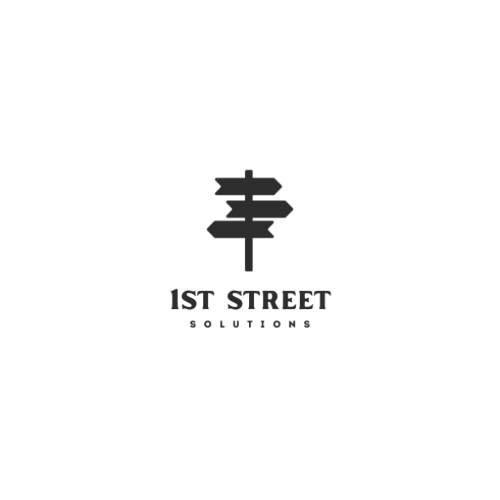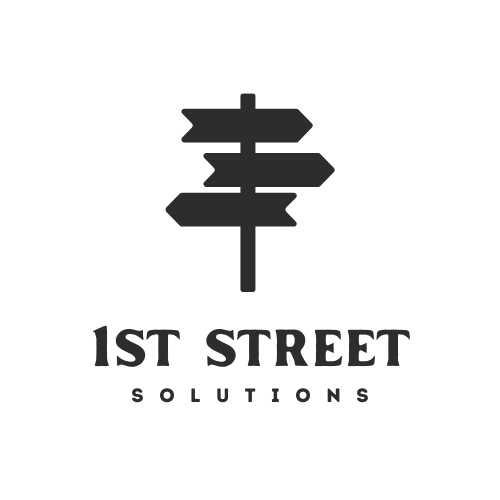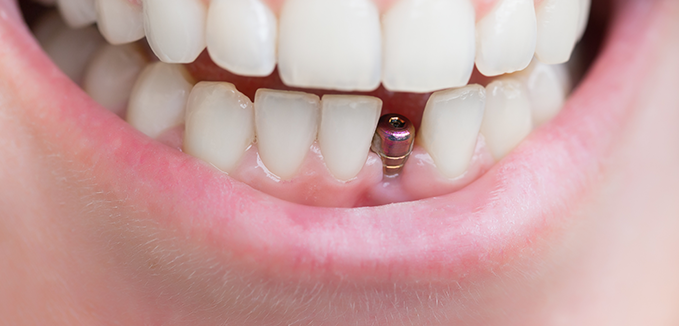Vein treatment has become far more advanced, minimally invasive, and patient-friendly over the last decade. Many people seek solutions for varicose veins, spider veins, leg pain, leg heaviness, or visible vein damage caused by venous insufficiency. One of the most common concerns patients express at a vein treatment center is how quickly they can return to normal activities. Understanding recovery expectations helps you plan confidently and choose the best time for your procedure.
This guide explains what recovery looks like, how long it takes, what to expect after each type of vein procedure, and which doctor you should see for long-lasting relief.
What Is the Typical Recovery Time for Modern Vein Treatments?
Modern vein treatments focus on quick healing and minimal downtime. Most procedures take 15–30 minutes, and patients typically walk out of the office shortly after. Unlike traditional vein stripping—an older, surgical method that required extensive healing—today’s minimally invasive treatments let you resume most daily activities the same day.
On average, recovery time after common vein procedures looks like this:
- Endovenous Laser Ablation (EVLA): 24–48 hours of mild soreness
- Radiofrequency Ablation (RFA): 24–48 hours of mild discomfort
- VenaSeal Closure System: Little to no downtime
- Sclerotherapy: Immediate return to normal activities
- Ultrasound-Guided Foam Sclerotherapy: 24–72 hours for minor swelling to subside
- Ambulatory Phlebectomy: 2–7 days of very light bruising or tenderness
Every patient heals differently, but most people feel comfortable resuming light exercise, work, and errands the same day or the next. This fast recovery is one of the reasons minimally invasive vein care has grown so rapidly.
What Can You Expect Immediately After a Vein Procedure?
Your recovery starts the moment your treatment ends. In almost all cases, your provider will encourage you to walk around the office for 10–15 minutes to promote healthy blood flow. You’ll also receive instructions tailored to your procedure.
Here’s what most patients experience after leaving the vein treatment center:
- Mild Tenderness or Tightness
It’s normal to feel slight pulling, tightness, or warmth along the treated vein for a few days. Over-the-counter pain relievers like acetaminophen are usually enough to manage symptoms.
- Compression Stockings
Depending on the treatment, you may need to wear compression stockings for several days. They support blood circulation and decrease swelling.
- Immediate Walking Encouraged
Light walking is essential for recovery. It prevents blood from pooling in the legs and supports efficient healing.
- Minimal Restrictions
Most people can return to work the same day, especially if they have a desk job. You’ll likely be advised to avoid:
- Heavy lifting for 48 hours
- Hot tubs or saunas for a few days
- Strenuous workouts for about a week
These guidelines help the treated vein seal properly and reduce inflammation.
What Is the Recovery Time for Each Type of Vein Procedure?
Because each treatment works differently, recovery varies slightly. Here’s a breakdown of what you can expect:
Radiofrequency Ablation (RFA) and Endovenous Laser Ablation (EVLA)
Both treatments use targeted heat to close malfunctioning veins. Recovery is fast, with most patients resuming normal activity within 24 hours.
Common experiences include:
- Mild bruising
- Light tightness along the vein
- Temporary swelling
These symptoms typically disappear within a few days to one week.
VenaSeal Closure System
VenaSeal uses a medical adhesive to seal veins without heat. Because it doesn’t require tumescent anesthesia, recovery is even easier.
Patients often report:
- No pain
- No stockings
- No downtime
This makes VenaSeal one of the most convenient options available today.
Sclerotherapy
This is one of the quickest and most popular treatments for spider veins. Recovery is almost immediate, although multiple sessions may be needed for best results.
Patients can resume:
- Work
- Walking
- Driving
- Light activities
the same day.
Ambulatory Phlebectomy
This technique removes bulging varicose veins through tiny micro-incisions. Although minimally invasive, it may involve slightly more tenderness.
Expect:
- Light bruising for 3–7 days
- Small bandages over incision sites
- Normal activity within 24–48 hours
Even with micro-removals, healing is fast and cosmetic results are excellent.
What Activities Should You Avoid During the Healing Process?
While recovery is quick, certain precautions help prevent complications and allow veins to close properly. Your doctor may recommend:
- Avoiding high-impact exercise for one week
- Pausing heavy lifting or weight training
- Keeping legs elevated when relaxing
- Avoiding hot baths or direct heat on legs
These simple measures support stable blood flow and reduce inflammation.
What Kind of Doctor Is a Vein Specialist?
When researching the best care for your veins, it’s natural to ask: What Kind of Doctor is a Vein Specialist? A vein specialist is typically a board-certified physician with advanced training in diagnosing and treating venous diseases. These specialists often come from backgrounds such as:
- Interventional Radiology
- Vascular Surgery
- Interventional Cardiology
- Internal Medicine with specialty training in venous disorders
A qualified vein specialist uses ultrasound imaging, minimally invasive technologies, and personalized treatment plans to ensure your veins heal properly and your symptoms improve. When you choose a reputable practice such as Vein Treatment New Jersey, you benefit from expert care and a patient-centered approach.
What Makes a Good Vein Treatment Center for Fast Recovery?
Not all clinics offer the same level of experience, technology, or patient support. When choosing a vein treatment center, look for:
- Board-certified vein specialists
- On-site ultrasound
- Minimally invasive treatment options
- Personalized recovery plans
- Accurate diagnosis of underlying vein disease
- Clean, modern facilities
- Strong patient reviews
A trusted clinic such as Vein Treatment New Jersey ensures your recovery is smooth, quick, and effective.
What Can You Expect in the Weeks After Treatment?
Most patients feel significantly better within days. As the weeks pass:
- Leg heaviness and swelling decrease
- Visible veins fade
- Circulation improves
- Energy levels rise
If you had multiple treatments or large varicose veins, your specialist may schedule a follow-up ultrasound to confirm success.
How Soon Will You See Results?
Results depend on the type of treatment:
- Spider veins begin fading in 2–6 weeks
- Large varicose veins improve gradually over 1–3 months
- Ablation procedures often provide symptom relief within days
Patience is key. While r ecovery is fast, your body needs time to absorb and heal treated veins.
Conclusion: Is Vein Treatment Recovery Fast and Easy?
In most cases, yes. Recovery after modern vein procedures is quick, comfortable, and predictable. With minimal downtime and long-lasting results, today’s treatments allow you to return to your routine quickly—often the same day. Choosing an experienced vein specialist ensures you receive the safest techniques and the shortest recovery time possible.
If you’re experiencing discomfort, pain, swelling, or visible veins, visiting a reputable vein treatment center is the first step toward healthier legs and improved quality of life.








